There has been a renewed interest in sustainable energy technologies recently due to new legislation and concerns over the environmental impacts of fossil fuels. As a result, scientists and general consumers are working round the clock to find new ways to produce energy and electricity cost-effectively and with little impact on the environment.
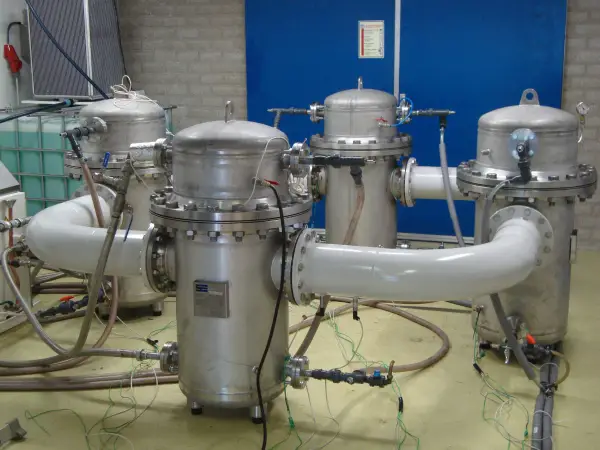
Burning wood to produce electricity is one such approach. Although burning wood produces carbon just like coal and other fossil fuels, it turns out that certain technologies, such as thermoacoustic engines and thermoelectric generators, can burn wood to produce electric power with a minimal carbon footprint.
Read on to learn how thermoacoustic engines (TAEs) and thermoelectric generators (TAGs) can allow consumers to generate electricity from burning wood, especially in poor rural settings.
Thermoelectric Generators (TEGs)
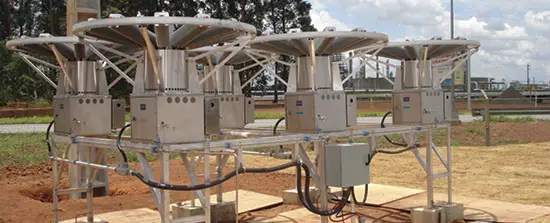
Let’s begin with thermoelectric engines (TEGs) as the technology has been around much longer. What are wood stove TEGs, and how do they produce electricity?
What are TEGs?
A thermoelectric generator comprises several ingot-shaped semiconductor elements connected in series with metal strips. The semiconductor elements are sandwiched between two electrically insulating but thermally-conducting ceramic plates. This way, they form compact modules.
TEG systems convert temperature difference and heat flow into usable direct current (DC) power. The semiconductor devices operate on the Seebeck effect, which refers to the alternative electromotive force (EMF) that develops across two points in an electrically conducting material when there’s a temperature difference between them.
How Do Thermoelectric Generators Work?
The basic building block of a thermoelectric generator is the thermocouple. A thermocouple comprises one p-type semiconductor and one n-type semiconductor. These semiconductors are also known as thermoelements or pellets. A metal strip connects the two semiconductors electrically in series.
The charge carriers in doped p-type semiconductors are holes, while those in n-type semiconductors are electrons.
Naturally, charge carriers diffuse away from the hot side of the semiconductor, leading to the buildup of charge carriers at one end. This buildup creates a voltage potential directly proportional to the temperature difference across the two semiconductors.
Thermoelectric generators comprise many thermocouples connected in series and parallel to create the desired electrical voltage and current. Typically, the thermocouples are aligned between two parallel ceramic plates that provide rigidity as well as a flat mounting surface.
All you have to do to start producing electricity is plug the thermoelectric generator module on the surface of your wood stove. It will produce electricity as long as the stove is lit and running.
Thermoacoustic Engines (TAEs)
Thermoacoustic engines are a newer concept in electricity generation but hold more potential than other wood-burning electricity-generating engines, including thermoelectric generators.
What’s a Thermoacoustic Engine?
A thermoacoustic engine or generator is a piece of equipment that uses heat to create waves that can be harnessed to produce electricity.
Also known as the lag engine, resonant engine, lamina flow engine, or traveling wave engine, the thermoacoustic engine converts sound waves into motion, which causes a piston within the engine to move back and forth. You can easily “tap” the mechanical force to generate electricity.
How it Works
Wood-burning TAE generators use acoustic power to create a temperature difference. The engines produce acoustic power without moving parts by introducing a temperature difference. Temperature differences are created across a stack (for standing wave TAEs) and a regenerator (in traveling wave TAEs). We’ll discuss more on standing-wave and traveling wave TAEs shortly.
The stack or regenerator is connected to a resonant acoustic circuit. Typically, the acoustic oscillations cause compression, heating, expansion, and cooling within the fluid. TAEs utilize these movements and acoustic forces electricity, though other engines use them to drive coolers and heat pumps. Conversion of acoustic forces into electricity is through electro-dynamic transduction.
A Little Background
This part is a little technical. But it’s critical to understand how thermoacoustic engines work and their applicability.
Thermoacoustic engines are available in two broad categories, i.e., standing wave heat engines and traveling wave heat engines. Standing wave engines have been investigated more intensively and are currently the most applicable. However, both engines have been vital in developing and gradually improving TAEs.
Generally, standing wave TAEs have inherent irreversibility. Thus, developers initially worked with traveling-wave heat engines to research thermoacoustic engines. Indeed, the well-known torus configuration traveling wave TAE developed by Backhaus and Swift proved that it has a much higher efficiency (41%) of the Carnot factor at high operating temperatures up to 725°F.
The Carnot efficiency factor is derived from the Carnot theorem, which states that no heat engine operating between two heat reservoirs can be more efficient than a reversible engine operating between the same two heat reservoirs.
Unfortunately, TAEs must compete with more mature engines such as the Stirling engine at such high temperatures. It’s not easy to compete at that level, considering that wood (the primary fuel in TAEs) burns at much lower temperatures.
Later, another researcher, de Blok, pointed out that the combination of high regenerator impedance and significant acoustic loss in standing wave TAEs results in high onset temperature difference, making TAEs generally unsustainable. So, he proposed a hybrid configuration with multiple thermoacoustic cores positioned close together in one engine to lower total onset temperatures without depressing power density.
The changes make it possible to use TAE technology on low-temperature sources such as solar power (70°F) and waste heat, such as wood (400°F).
In fact, UK researchers at Score were recently able to integrate TAEs with high-efficiency biomass-burning stoves thanks to de Blok’s recommendations. Score is an international collaborative research effort that aims to build low-cost, high-efficiency woodstoves to power thermoacoustic generators for electricity production. The organization targets 1.4 billion people worldwide for uses such as LED lighting, powering standard devices and appliances such as TVs, and charging mobile phones and 12V batteries.
System Architecture of the Wood-Burning Electricity-Generating TAE
The general design of wood-burning thermoacoustic generators comprises four main modules, i.e., a stove carcass (including a combustion chamber and insulation), stove hob, TAE system, and linear alternator.
The TAE system is the primary module of the system and consequently determines the overall performance of the wood-burning electricity generator. It is also the most expensive part of the generator.
A standard TAE system for wood-burning electricity generators combines two identical thermoacoustic engines and feedback loops. The two engines are positioned close to each other in a dual-regenerator configuration.
Typically, each engine comprises four main components;
- Regenerator
- Corrugated Hot Heat Exchanger (HHX)
- Ambient heat exchanger
- Thermal buffer tube
Feedback loops connect the two engines and form a quarter wavelength configuration. However, the ultimate configuration varies from one manufacturer to the next.
Working Principle
Wood-burning thermoacoustic generators work almost like their propane-powered TAE counterparts, except burning wood produces the flame necessary to fire the engine.
Wood selection is important is it determines the efficiency of the entire process. So, make sure you have the best wood pieces. We recommend the same wood you’d typically use in your indoor fireplace. The sizes of the wood pieces also matter.
The first step is to place the wood in the combustion chamber and light the logs. The heat from the wood will quickly move to the TAE system with the help of convoluted hot heat exchangers (HHXs). The HHXs quickly heat to 700°F during wood heating.
In the next step, the HHXs transfer the heat to one side of each heat regenerator through conduction and radiation. The system is designed such that the ambient heat exchanger rejects heat on the other side of each regenerator.
We also mentioned that the system comprises a water reservoir. A 55-gallon reservoir is common and is positioned toward the ambient heat exchanger to take heat from the thermoacoustic engines. The process depends on the auto-siphon effect for water circulation. This eliminates the need for a water pump.
Most TAE engines use rejected heat for cooking and heating purified water for drinking. Meanwhile, the gaseous wastes exit the system through the chimney.
How Much Electricity Can You Generate with Wood-Burning TAEs?
This is the biggest issue currently as you can only hope to convert about 2.5% of total combustion energy into useful electricity through wood-burning TAEs. However, this doesn’t mean that all the remaining heat is lost. Indeed, the electricity-producing process only utilizes “waste” energy from the wood-burning process.
According to a study now available on ResearchGate, the average thermoacoustic engine puts out 4.6kW of energy. About 1.7kW of heat is utilized in cooking, with about 0.8kW lost in the process. So, in total, only about 2.0kW is directed to the thermoacoustic engine.
Of the 2.0kW, about 1.7kW is used to heat water. This means that only about 300 watts enter the acoustic power process.
Unfortunately, the acoustic power generation process also has gaps that often lead to energy losses. For instance, losses at the alternator can be as high as 150 watts. The battery can also lose another 50 watts. Thus, in the end, you may only have 100 watts to show for the entire process.
It’s a very small amount of power, though it can still power the TV, radio, lighting, and charge your laptop and mobile phones.
The good news is that wood-burning electric generators are only just getting off the ground. It’s a new technology that will see massive improvements in the coming years to eliminate most of the efficiencies and create a more productive system.
For instance, although utilizing about half of the total energy from the wood-burning process is okay (since people must cook), chimney losses and energy losses in the chimney housing can be eliminated or significantly reduced. More efficient heat transfer methods and better material choice are just a few ways to minimize the losses.
Experts also argue that efficiency should be a secondary matter considering that TAE heat is actually waste from the cooking process.
Pros and Cons of Wood-Burning Electricity Generators
Wood-burning TAE electricity generators have multiple advantages, including practicality in poor rural settings. However, they also pose multiple challenges that can make application difficult.
Pros
Let’s begin with the advantages. The following are some of the main advantages of wood-burning electricity generators.
- Highly efficient
Thermoelectric generators and thermoacoustic engines are infamous for being extremely energy inefficient. A typical TEG or TAE is only about 5% efficient when used independently. However, the efficiency doesn’t matter anymore when using waste heat to power the generators. So, for instance, the TEG becomes 100% efficient because the heat would’ve gone to waste anyway.
- Not weather dependent
Many renewable energy solutions depend exclusively on the weather. For instance, solar power generators depend on the sun and wind turbines on the wind. Wood-burning generators are one of a few solutions that don’t depend on the weather. You can use your wood-burning generator even in the winter or regions without significant winds.
- Wide range of fuel sources
Both thermoelectric generators and thermoacoustic engines can run on various power sources. For instance, a thermoelectric generator can be plugged to a wood stove, gas stove, or electric stove. Meanwhile, although thermoacoustic engines primarily operate on wood, you can also power the unit with propane and other fuels such as biogas.
- Cost savings
Above all, tapping electricity from a wood-burning process can be very economical. Consider TEGs, for example. TEGs are very affordable and don’t even require much maintenance. Yet, they can power several devices, including your laptop, at a go. TAEs are just as cost-effective. They’re slightly more expensive upfront – but only until you remember that you’re also getting a wood stove and water heater in the same setup!
Cons
- Low power output
The only real downside of tapping electricity from wood-burning sources is that you cannot get much power from the systems. TEGs rarely produce more than 100 watts per hour, and TAEs aren’t much better. So, it means that you can only rely on the sources to power standard home devices such as laptops, the TV, music systems, and phone charging.
FAQs
How much energy can a thermoelectric generator produce?
Thermoelectric generators can produce anywhere from 1 to 125 W of energy, depending on the size and make of the generator. This can be a useful source of power for small devices or camping trips. However, it is not a particularly powerful source of energy, so it may not be suitable for larger applications.
Can sawdust generate electricity?
Yes, sawdust can generate electricity if burned in thermoelectric generators. These generators work by converting the heat differential between the hot and cold sides into electricity. The hot side is usually kept at a high temperature using a combustion process, while the cold side is cooled using a heat sink. Sawdust can serve as fuel for the hot side.
How long do thermoelectric generators last?
Thermoelectric generators are a great source of power because they can last for 24 hours a day provided there is a source of heat and cold removal. These generators are relatively small and lightweight, and they do not require any moving parts. They also have a long lifespan; they can last for decades with proper maintenance.
Can you produce electricity by burning wood?
Yes, you can produce electricity by burning wood. This is done using thermoelectric generators. These are devices that convert heat into electricity. They work by using the Seebeck effect. This happens when there is a temperature difference between two conductors, causing an electric voltage between them. The thermoelectric generators are able to convert the heat from the wood into electricity.
Summary
You can generate electricity from burning wood in two main ways, i.e., through thermoelectric generators (TEGs) and thermoacoustic engines (TAEs). Both solutions are highly efficient, considering they rely on waste heat. They are also highly cost-effective. However, beware that you cannot generate more than a few hundred watts from either method.

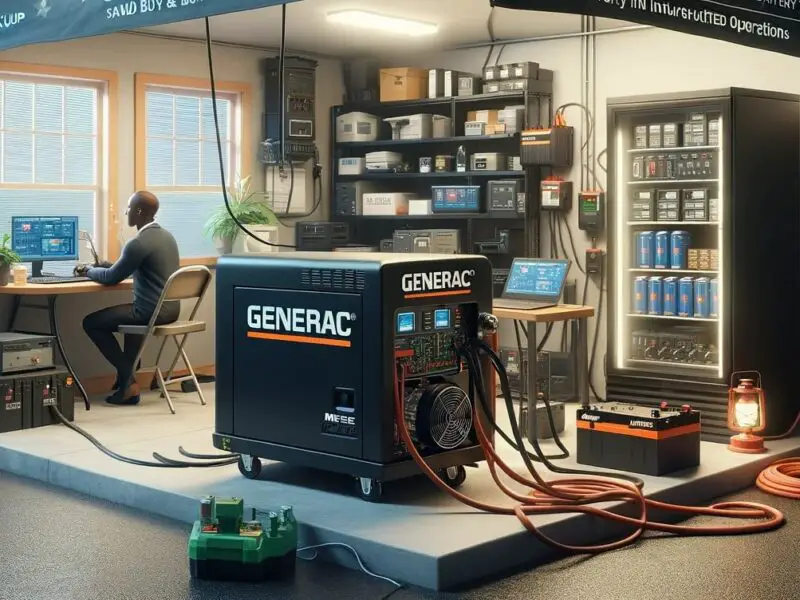
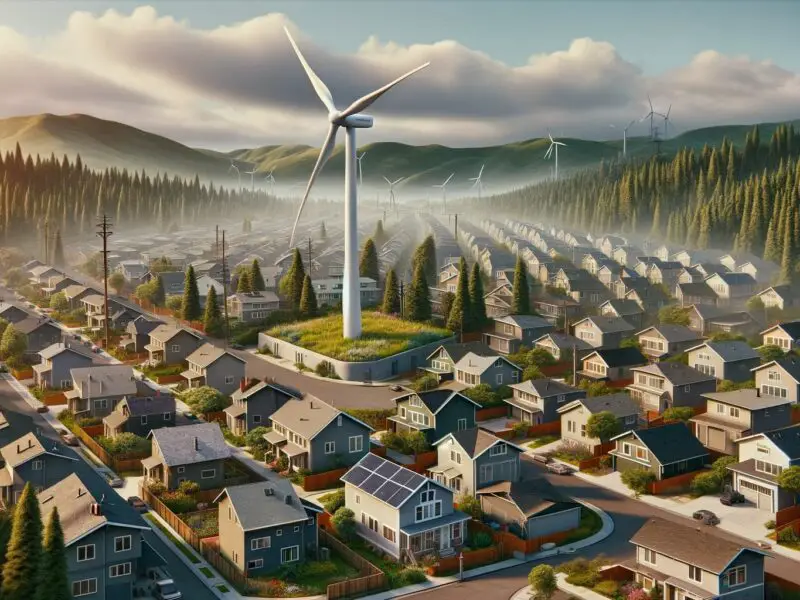
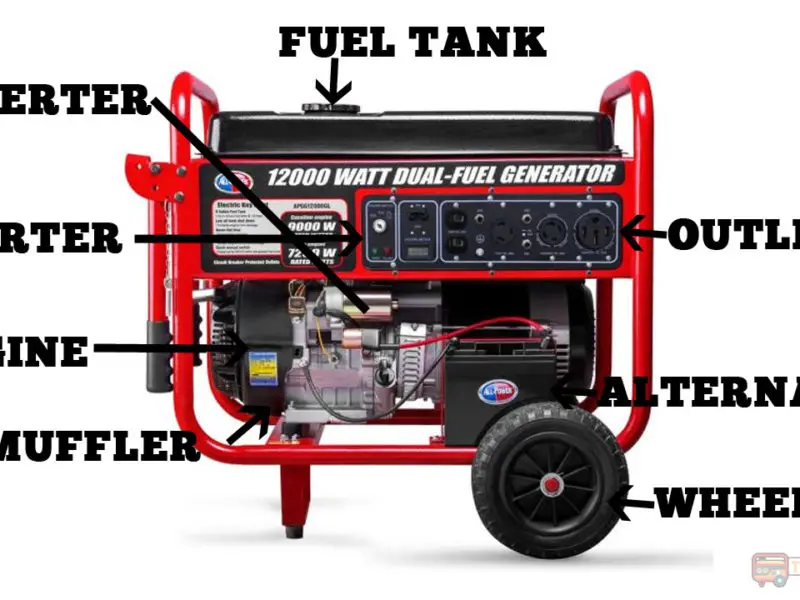
It’s in point of fact a nice and helpful piece of information. I
am happy that you just shared this helpful info with us. Please stay us informed
like this. Thanks for sharing.
Thanks for finally talking about > How to Make Electricity by
Burning Wood: An Introduction to Thermoelectric Generators
(TEGs) and Thermoacoustic Engines (TAEs) < Loved it!
This line really answers my main question. “You cannot generate more than a few hundred watts from either method.”
I can use a crank and attach it my bicycle to generate more electricity 🙂